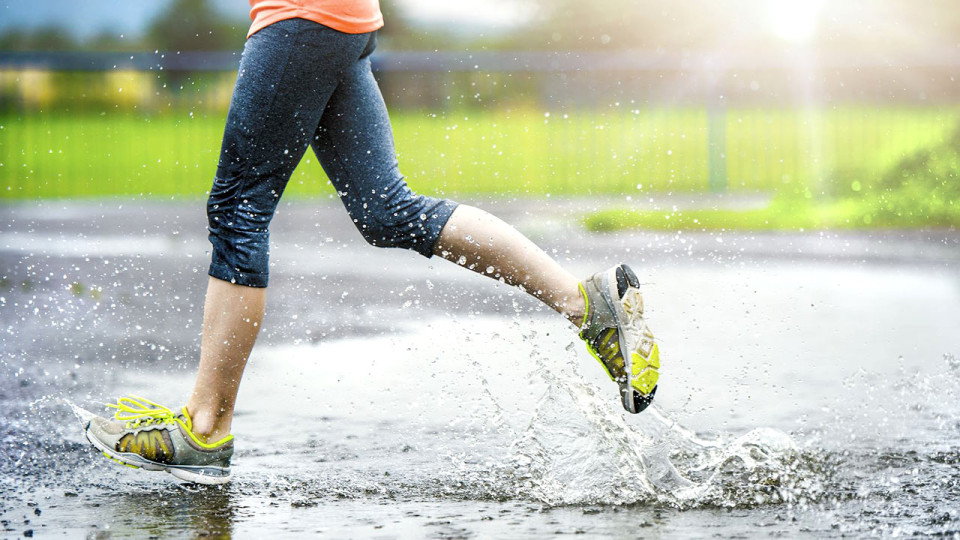Do you pound the pavements? Race along the road? Sprint across the sand? Or gallop on grass? After recently training for a marathon and spending most of my time out on the road, I decided to use my post-race recovery to explore what else is in offer for the running enthusiast in search of a more varied, and hopefully, more forgiving terrain.
Here’s a (not exhaustive) list noting the pluses and minuses of the most popular running surfaces I tried out in Singapore. So consider including these in your next run or race!
Type of Running Surfaces
Asphalt
- Plus: If you are entering a road race, chances are you’ll be running on asphalt, a mixture of gravel, tar and crushed rock. It makes sense to test the legs on this smooth, even surface that allows good foot control and potential for faster times.
- Minus: Too much long, hard training on asphalt can prove costly for your body. Whilst not the hardest surface, asphalt is not as forgiving as some other terrain. Also be aware that many roads, whilst smooth, have a camber and may lead to injury as the body compensates for the difference in height.
- Where to find: Finding a safe, traffic-free asphalt surface is not always so easy. Best options are quieter service roads. Many parks will have a service road, e.g. East Coast Park has a service road open to cyclists and if you are careful, runners.
- Races: Newton Challenge, Standard Chartered Marathon, 2XU Compression Run, Sundown Marathon, Race against Cancer.
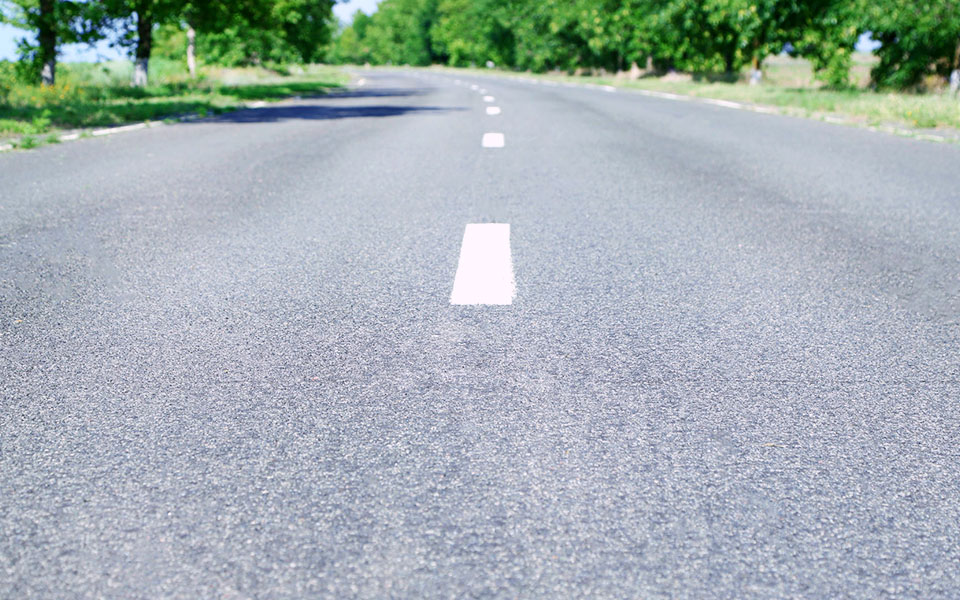
Concrete
- Plus: Generally it’s pretty smooth and easily accessible for most people. You’ll find concrete along pretty much every pavement around the world.
- Minus: This stuff is hard (ten times harder than asphalt) and for prolonged training it’s unforgiving on your feet, joints and pretty much your whole body. Be careful of cracks, especially with paving slabs. And if it’s been raining and you are running on polished tiled surface, be aware you are likely to slip and potentially fall.
- Where to train: Find any pavement and it’s likely that you’ll be on concrete
- Races: Due to the unforgiving nature, races are not solely held on concrete although smaller races that do not have access to complete road closures may have parts that are run on pavement. Check out the route beforehand.
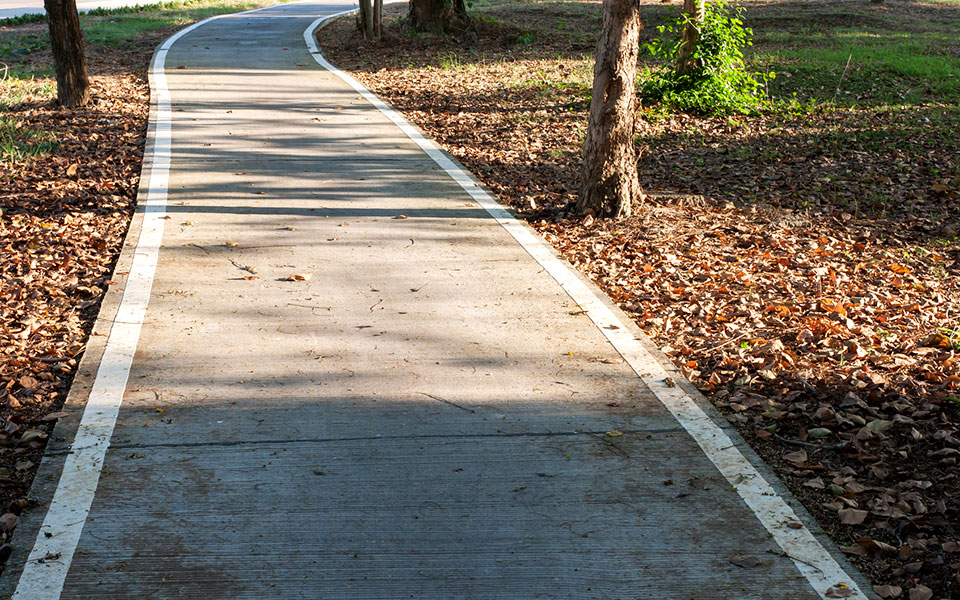
Track
- Plus: The surface of many world records, an athletics track offers a smooth, relatively cushioned and flat surface. 400m in length, track is the ideal surface for shorter interval speed work but is also surprisingly home to many ultra marathon track events. Facilities such as toilets, baggage storage and water are generally within easy reach, meaning track work tends to be hassle free.
- Minus: Tracks can be crowded and you will need to stick to the etiquette (slower runners on the outside, anti-clockwise etc.). Spikes are recommended if you are serious about track work. And if you do decide to slog out a long run, expect not much change of scenery and heightened risk of injury given the increased strain on one side of the body (as you are running around in a circle).
- Where to train: Universities, stadiums and sports clubs often have tracks that are open to public use. Generally quieter and cooler times will be in the morning. A good introduction to track work is to join a local club who will hold at least one training session on the track per week.
- Races: Check out the Singapore Athletics website for details of local meets.
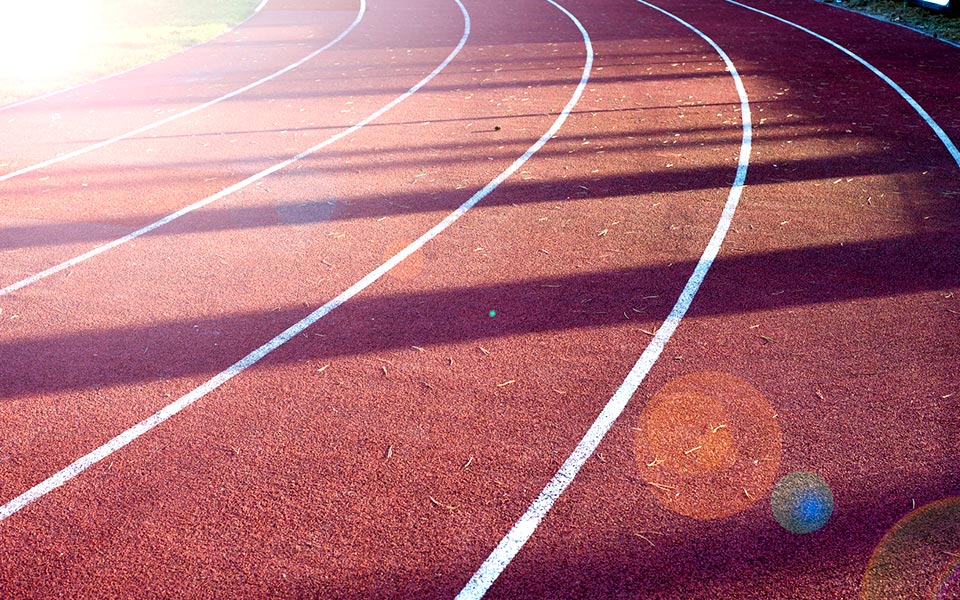
Grass
- Plus: Whether it’s wet or dry, grass turf—particularly when cut short—offers a soft, spongy surface that absorbs impact. Ideal for minimalist running or barefoot.
- Minus: Depending on the length, grass can offer a shaded home or camouflage for other creatures, insects and objects. Therefore, unless it’s freshly-cut, manicured lawns, make sure you tread carefully. Pot holes and hidden twigs and rubbish can often lay undetected.
- Where: Find your closest park and hey presto, there’s some grass for you to test out. The green corridor (old railway track) is a fantastic route that offers many areas covered in grass.
- Races: Green Corridor Run.
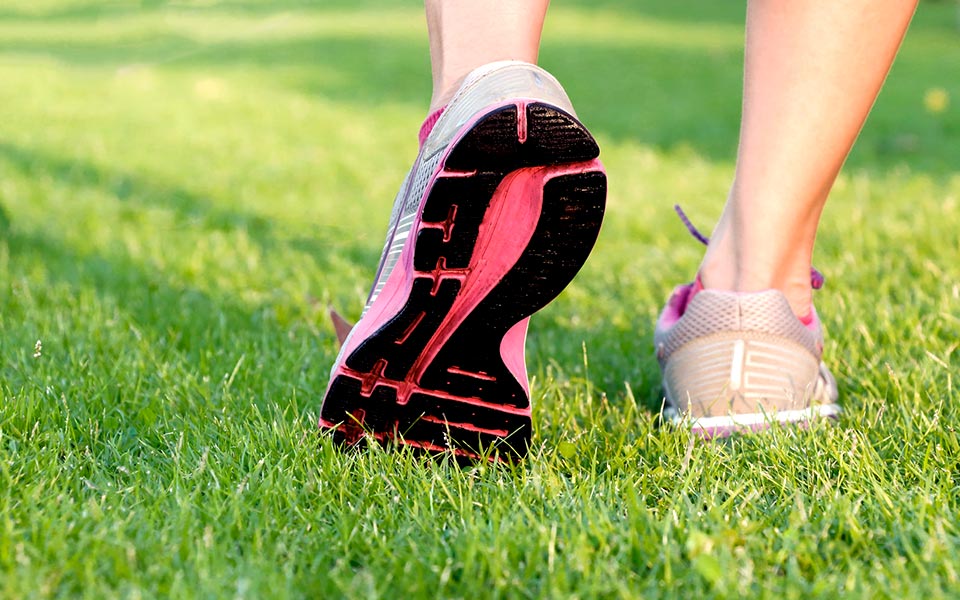
Trails
- Plus: The recent boom in trail running has stemmed in part from the more forgiving surfaces which advocates say reduce impact injuries. In fact, running on trails can strengthen legs due to the uneven terrain (and therefore a more varied running technique is required).
- Minus: Times are slower in trails races and the reason is mainly due to the surface that runners have to navigate across. Trails can be flat but are often undulating with obstacles such a rocks, branches and tree roots. Challenging for most participants. Take your time, wear suitable clothing and don’t be afraid to walk if necessary.
- Where: MacRitchie Reservoir is a firm favourite in Singapore and offers some beautiful scenery.
- Races: Check out MacRitchie Runners 25 series which includes a yearly ultra marathon, The North Face series, Energizer Singapore Night Trail.
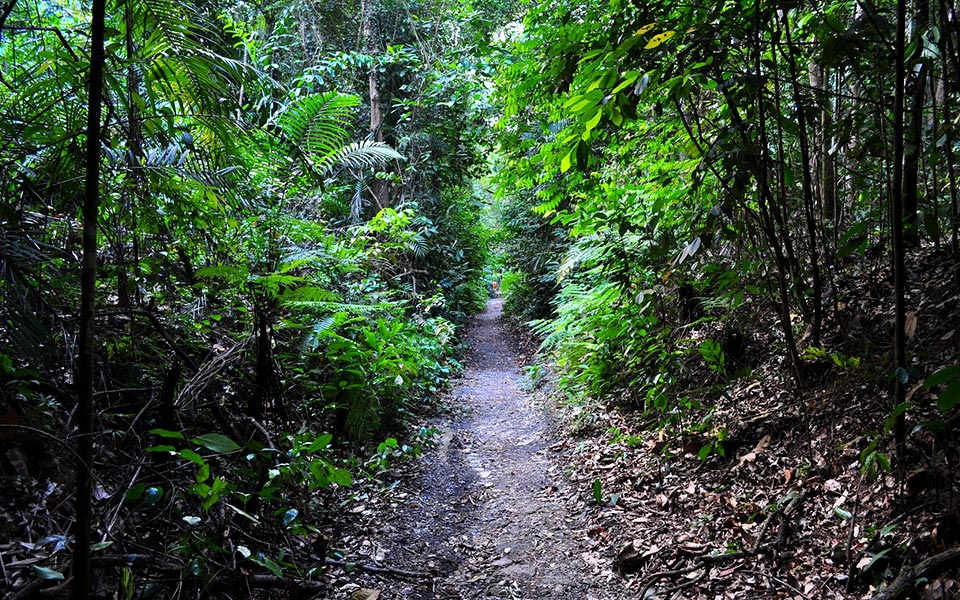
Sand
- Plus: Generally flat and soft but deceptively challenging, sand provides a great surface to give your legs a different workout. A great option for minimalist and barefoot runners.
- Minus: Due to the foot fall on impact, your technique may have to be changed slightly and those with ankle weakness or injury should be weary of this surface. Be aware that shells and other objects may be buried and hidden in the sand, so step carefully. As with trail, don’t expect any world record times—sand will slow you down. And if it’s fine sand, you will be tipping it out of your shoe for a weeks and months after.
- Where: Long expanses of beach are not so common but areas you can test your feet include Sentosa and East Coast Park
- Races: HomeTeamNS REAL Run and Meiji Run at Sentosa both finish on the beach.
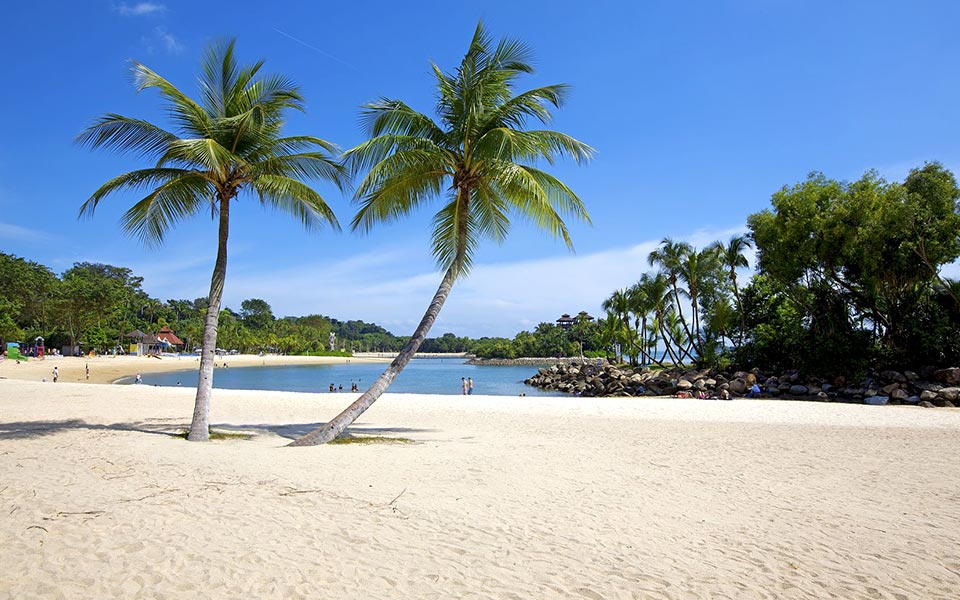
Treadmill
- Plus: Advances with treadmills mean that completing your training on a treadmill can offer a cushioned, object-free surface. Additionally, it will never be wet—so no excuses to cancel training!
- Minus: It is easier to run on a treadmill and difficult to mimic conditions outside. Always crank your gradient to at least one percent to give some resistance and bring some headphones as the scenery isn’t going to change.
- Where: Your local fitness club will have a number of treadmills to test the legs. All major chains and local serviceman clubs as well as specialised gyms. Or you can buy your own and have one at home.
- Races: Charity races and relays such as Run for Cover SG Treadmill Challenge.
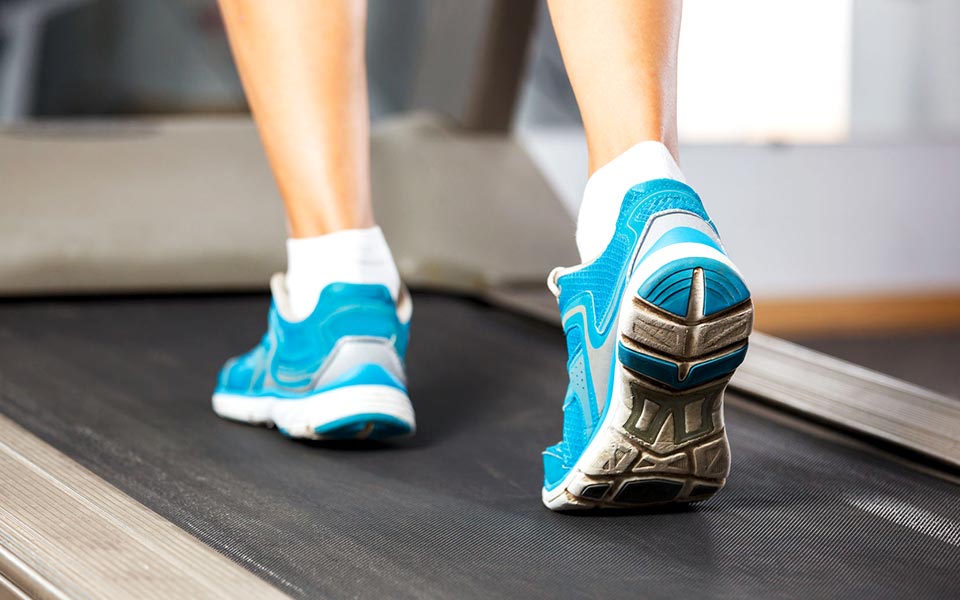
Which Running Surfaces Do You Prefer?
One of the beauties of running is that it offers so much variety. I’ve really enjoyed seeing what other surfaces are out there and am sure there are many more worthy additions to add to this list. What will your feet cover on your next run?



